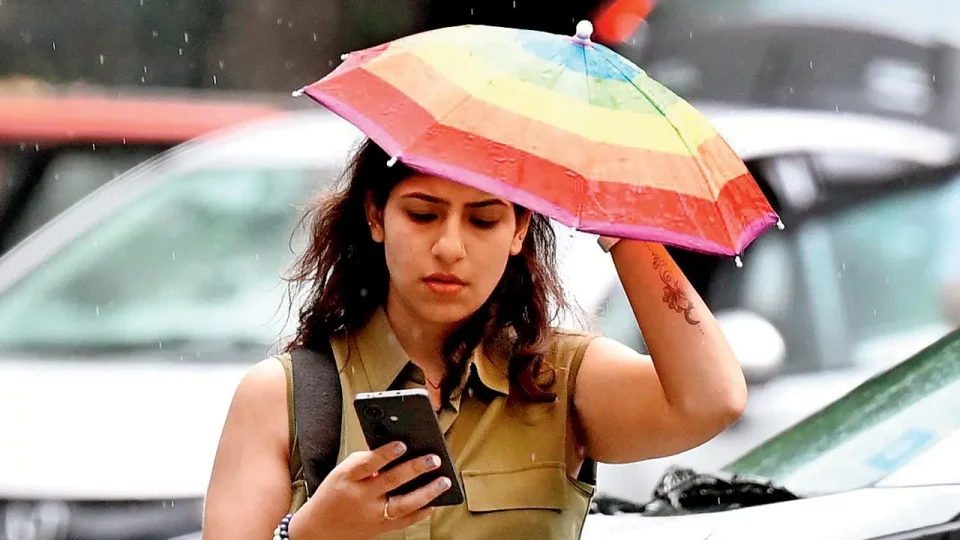
Mumbai has seen a sharp spike in the number of days that it receives rainfall over 100mm in the past 3 years, according to a study conducted by Brihanmumbai Municipal Corporation’s Disaster Management Department. From 13 such days in 2022 to 14 days in 2023, and 21 days during the monsoon season of 2024, the city has recorded an increase of 61 per cent. This number exceeds the annual average of 16 days a year where rainfall is recorded above 100 mm within a day. For comparison, Mumbai receives an annual rainfall of about 2100 mm in the monsoon months, according to official data.
The study has also revealed that the average of high-intensity rainfall has increased for Mumbai during this time. In the last six years, the average high intensity rainfall received increased to 182 mm, from 131 mm, in a short span of four hours. On July 25, 2024, the city received 267 mm of rainfall in just four hours, compared to 132 mm of rainfall on July 27, 2023, and on July 30, 2022. In the past 10 years, high intensity rainfall in four hours occurred 28 times.
Nikhil Desai, from Action for good Governance and Networking in India (AGNI) which is a network of citizens that interacts with the government to improve services for citizens, said, “For Mumbai, the tangible and immediate impact of this on the lives of its citizens is waterlogging. An ordinary person may not understand the impact completely, but policy makers must be able to stitch together the connection between boosting infrastructure in the city with predictable climate trends that can affect citizens on a day to day and long term basis.”
Desai added, the monsoons arrived a week earlier than anticipated this year, and have caught the BMC unprepared. “Similarly, during the rains on 26th May, so many new water logging spots showed up on Mumbai’s radar which can be linked to new construction such as the Metro stations in the island city that got water logged. Climate trends cannot become an excuse for lack of infrastructure. We need to plan a considerable number of years ahead to ensure we are prepared.”
BMC has decided to undertake a study to tackle localised water logging spots, and fix problems in each area individually. A senior civic official said, “Every water logging spot will be studied separately, and customised solutions will be developed to ensure it is tackled. On a larger scale, BMC is checking the feasibility of expanding the capacity of storm water drains in the city to hold water in case of upto 120 mm of rainfall per hour.” Mumbai’s overall network of storm water drains is around 3,900 metres long. Ninety per cent of these drains have a water carrying capacity for 55 mm of rainfall per hour.

